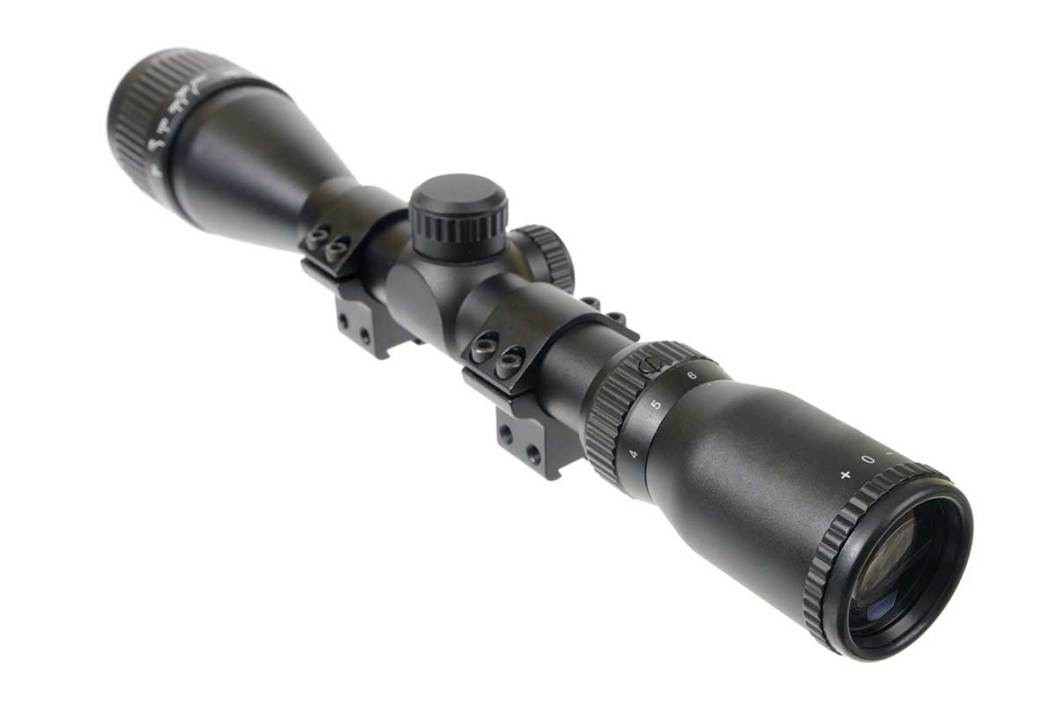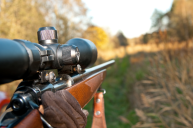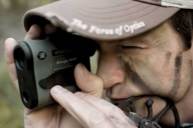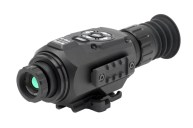Just like all the options for firearms and ammo, the wide variety of rifle scopes on the market today can make selecting the best model for your individual hunting scenarios challenging. You can research all the best brands, compare prices, and check out all the bells and whistles, but understanding the basics of how you need your scope to function should come first.
Magnification
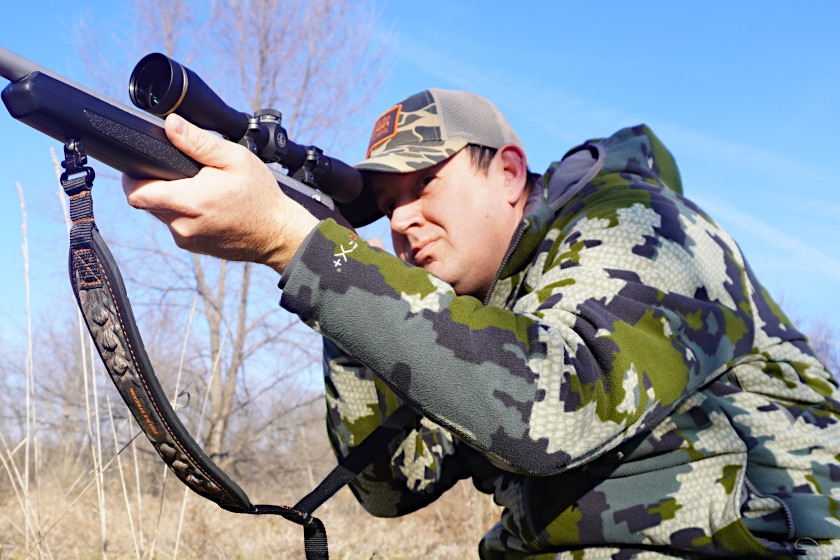
Travis Smola
The first number you typically come across in a scope description is the magnification—that number or number range followed by an "x." This figure indicates how many times the image through that scope is increased. So, looking through a scope with 8x magnification would make the target appear eight times closer than it actually is. Viewing an animal 400 yards away? With an 8x scope, it will look like it's just 50 yards away—and significantly larger.
When shopping for a rifle scope, you'll likely come across both fixed and variable magnification options. So in the 8x example, that scope would be fixed. It offers only one magnification option that can't be changed. These scopes usually provide sharp images at an affordable price tag. But variable magnification scopes offer a little more flexibility. A 3-9x scope, for example, would allow you to quickly switch from 3x magnification to 9x magnification, depending on the terrain where you're hunting and the size of your target. You might pay a bit more for these zoom in and out options, but you could potentially use them in a lot more hunting situations.
Objective Lens
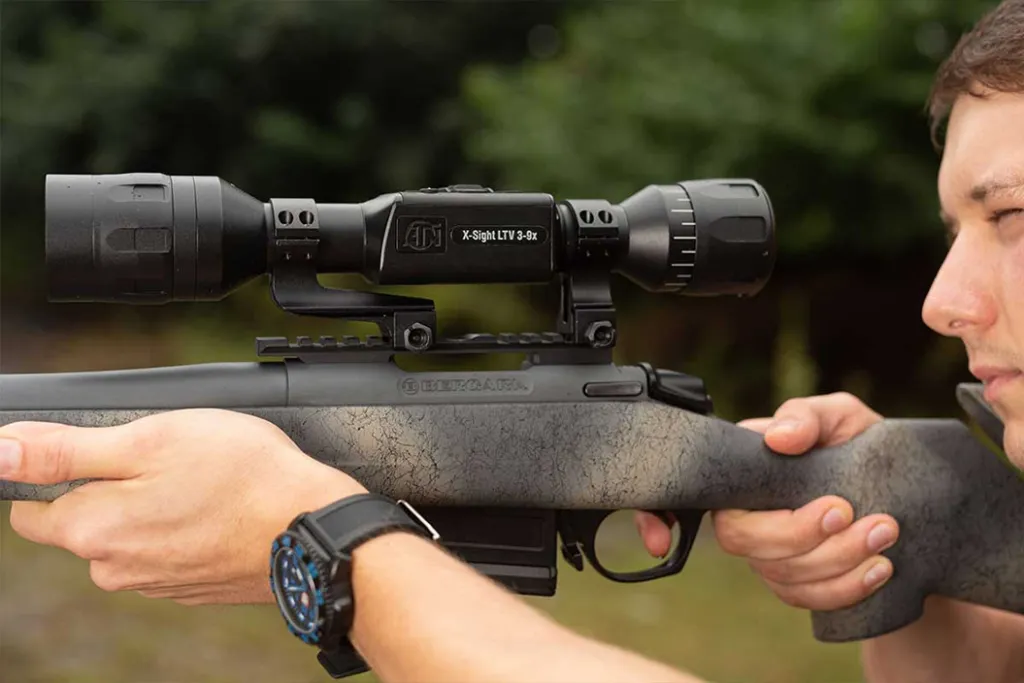
ATN
The other number you usually see in a scope's primary description is an indicator of the objective lens. The objective lens is responsible for transmitting light into your eye when you look through the scope. It determines the brightness and clarity of your view, and the larger the number, the more light that enters the optic and the better performance in low-light conditions.
If a scope is listed as a 3-9x40mm, the 40mm figure tells you the objective lens, which is located at the end of the scope farthest from you, is 40 mm. This size is the most common for hunting situations, but you'll often see options ranging from 32mm to 56mm. The larger the objective lens, the larger and heavier your scope will be, which is one major downside to choosing one on the higher end of this spectrum.
Other Scope Specs
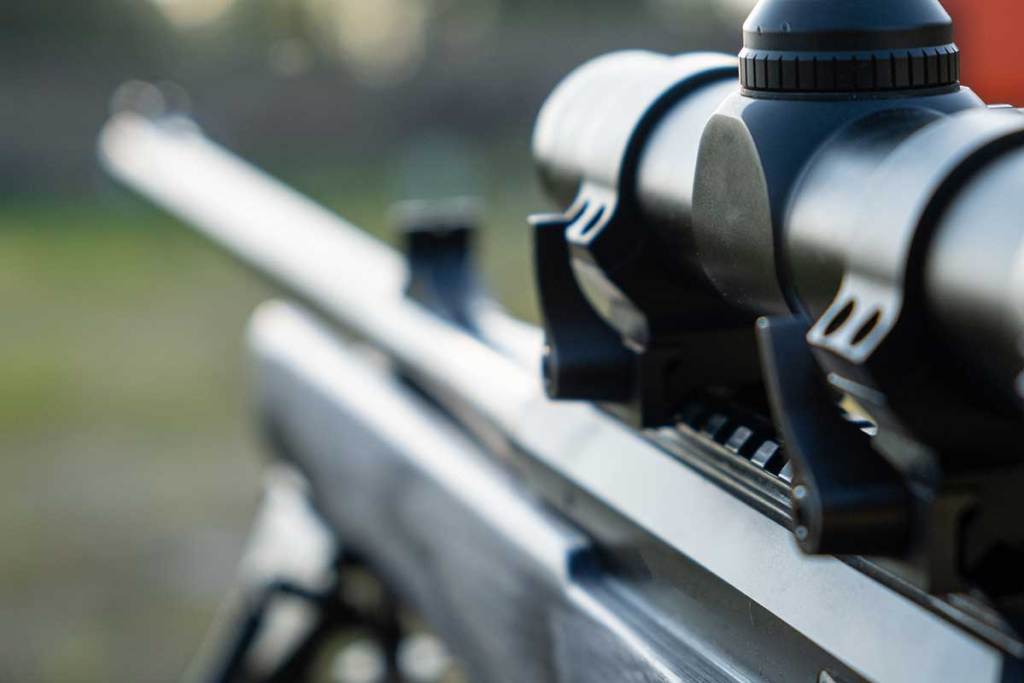
Denis Medvedev/Getty
Although magnification and objective lens are the most important, you'll likely find plenty of other numbers when reviewing a scope's specs or inspecting the scope itself.m Field of view, which is determined by both the magnification and objective lens, indicates how much area is visible when looking through the scope. The higher the magnification, the smaller the field of view. But the larger the objective lens, the wider the field of view. You can calculate the actual field of view for a particular scope by dividing the diameter of the objective lens by the magnification. If you're aiming at running game or need to get dialed in on your target quickly, a wider field of view is helpful.
You'll likely find knobs and dials to make elevation, windage, and parallax adjustments on any rifle scope. These will help hunters achieve precision aiming, particularly at longer ranges, but many won't mess with them after getting dialed in for the majority of situations. Other specs, such as zoom ratio, might also be listed depending on the make and model of your scope.
Choosing the Right Scope
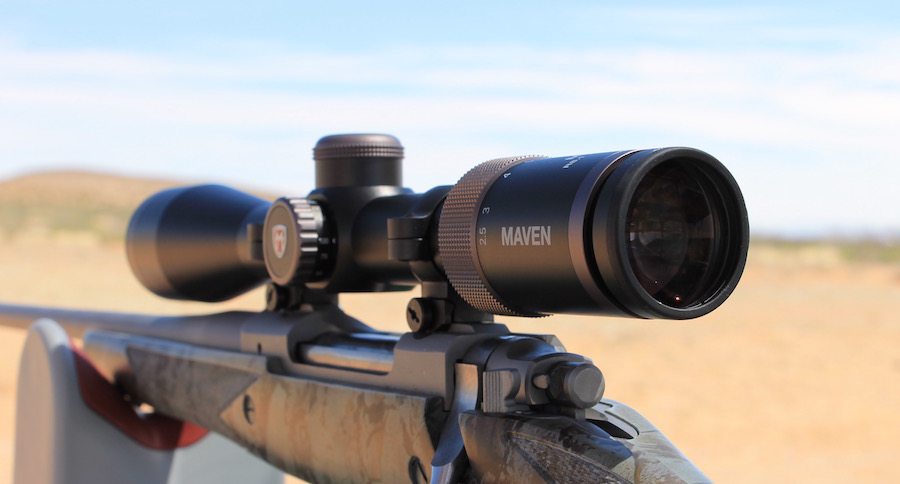
With so many combinations available, how do you choose the right option for your hunting rifle? It depends on your prey, your location, your abilities, your preferences, and your budget.
But keep these general guidelines in mind when selecting magnification:
- 1-4x magnification is usually best for firing shots within 100 yards or hunting smaller game.
- 5-8x magnification is a great choice for shots within 200 yards and hunting in areas without a wide open landscape. This is often sufficient for whitetail hunters sitting in the woods.
- 9-12x magnification is better for shots exceeding a couple hundred yards or hunting open landscapes such as plains.
- 12-24x magnification is best for long-distance shots exceeding 500 yards in areas with wide open spaces and high visibility.
Don't go overboard when it comes to magnification. Too high of a magnification can actually make your scope heavier, more expensive, and harder to hold on target. Choose one that offers just enough. Unless you only plan to hunt one species in one place, a variable magnification scope—in a reasonable range—is probably the best investment.
Again, for the majority of hunting scenarios, a 40mm objective lens will do the job. So the ideal setup for the majority of deer hunters? Usually a 5-8x40mm rifle scope.
